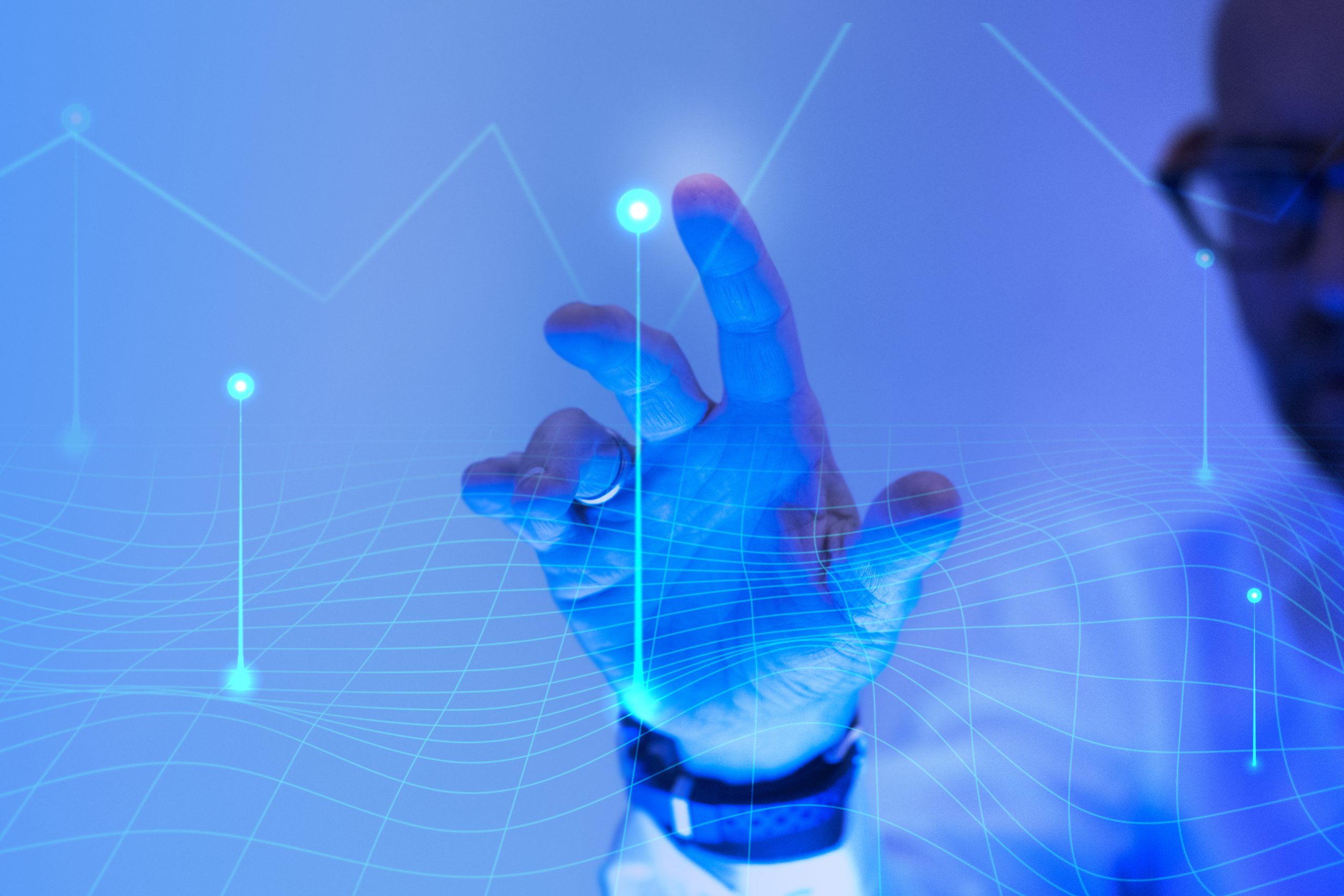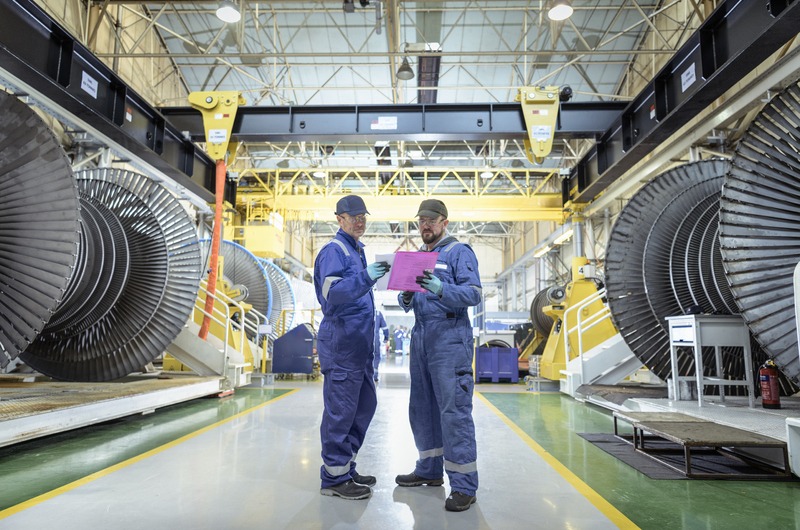The digital twin is a revolutionary technology that has created great opportunities for the industrial sector. Elected as a top technology by Gartner in 2019, Digital Twin has been gaining more and more relevance among the industrial sector thanks to the great benefits generated by its implementation.
The concept of the technology is that of a virtual representation that mirrors a physical object with constant real-time data flow from that object, which can be an asset, machine, or even a process. Initially conceived by Michael Grieves in 2002, the concept is the result of a search for continuous improvements in the development of projects, products, and engineering activities. It is worth mentioning that the model proposed by Grieves aimed at the possibility of satisfactory management through all phases of Product Lifecycle Management (PLM).
Although Michael was the pioneer, the first practical example of a digital twin emerged by NASA after attempts in 2010 to perform simulation testing on its spacecraft vehicles.
Understanding the Technology
The main feature of the digital twin technology is related to its connectivity. There are 3 spheres receiving continuous data flows between each other and interacting with themselves. They are the physical part, the digital part, and the physical/digital junction.
Later the Digital Twin concept was divided into 03 types: the DTP (Digital Twin prototype), DTI (Digital Twin Instance), and the DTA (Digital Twin aggregate)
Digital Twin Prototype
The digital twin prototype refers more to the design phase, having in its scope analysis and processes to think, model, and understand the best forms of a product. Usually, DTP can exist without necessarily having a physical product.
Digital Twin Instance
The DTI, in turn, is the digital twin that aggregates information from each of the individual instances of a product already manufactured.
Digital Twin Aggregate
The digital twin aggregate as its name implies is the result of a set of DTIs used for the purpose of learning and predicting conditions on physical objects.
Besides these 03 spheres, there is also the level of integration and connectivity between the various types of digital twins. That is, the degree of information and data exchange between real and digital parts:
- Digital Model: The Digital Model doesn’t automate data exchange from the physical to the digital model. All the data exchange is done manually, furthermore, no change in the state of the physical or digital model has direct consequences in both of them.
- Digital Shadow: Differently from the Digital Model, it has an automatic flow of data from the physical to the digital shadow. A change in the physical object can interfere with the digital.
- Digital Twin: There’s a flow of data between the physical asset and the digital and vice versa. As the Digital Shadow, the physical can control the digital, but also the digital interferes in the physical. This constant flow fully integrated is what makes a Digital Twin.
Due to the high applicability of the technology in all phases of PLM, many industries, from manufacturing to energy production, can take advantage of the digital twin for process improvement, project and product development, and even to programs related to the operation and maintenance phase of a plant.

The implementation trend is growing and according to a report by markets and markets the digital twin market was estimated to be worth $3.1 billion by 2020 and is expected to grow to $48.2 billion by 2026, with the covid-19 pandemic being an accelerating process for the adoption of the technology, especially by the pharmaceutical and healthcare sector.
Certainly, the trend is that more and more industries will implement the technology in the medium term, making it an essential tool for industries in the digital transformation movement.
Want to know how your industry can benefit from the technology? Click here!



